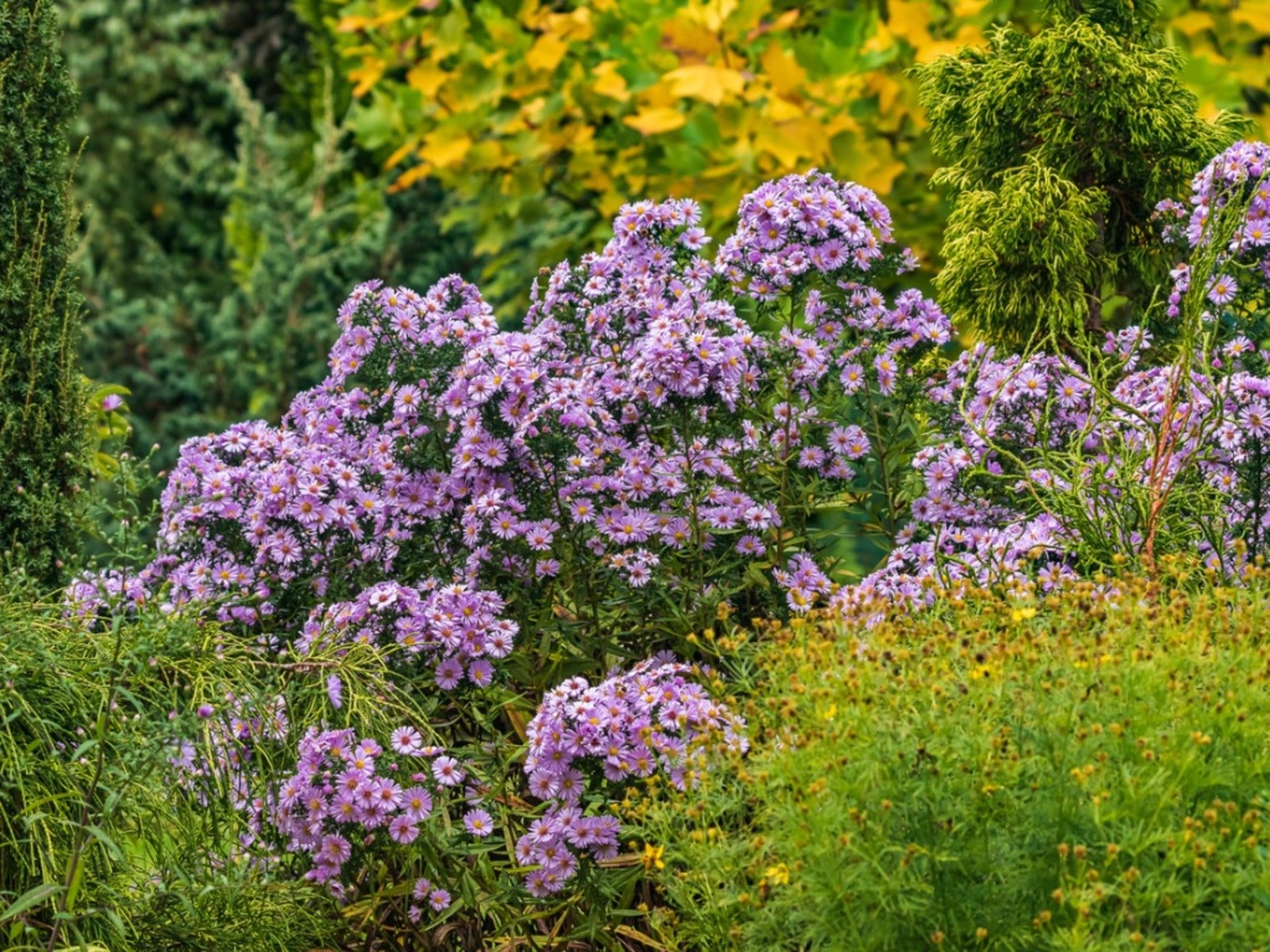Where To Plant Asters So They’ll Thrive For Years


There are hundreds of different species of aster, each ranging greatly in terms of growth habit, and varying in their specific needs. Though the Aster genus is quite large, the term “aster” is often used to describe a much smaller number of common plants. While annual asters are a popular choice among cut flower growers, flower gardeners also make use of perennials within the landscape and in naturalized wildflower beds and meadows.
In this article we will discuss some general growing guidelines that will keep your asters looking their best.
Where Do Asters Grow?
Answering the question, “where do asters grow best?” will vary slightly from one species to the next. Considering the overall appearance and bloom time will be key in crafting the most attractive growing space possible. Though many types of annual aster will look at home in formal flower beds, some species may be better suited for use in naturalized plantings. Several types may also be used to extend bloom time, with some species of aster serving as an invaluable source of pollen well into the autumn.
Most asters will have similar requirements for growth, with only subtle variation. Before planting, consider the growing conditions in your garden. Aster plants have been known to grow well in a wide range of soil types. While a rich loam is ideal, gardeners have also found success growing in clay, as well as soils with poor fertility.
Like many plants, both annual and perennial flowers will prefer a location that drains well. Though several types of the plant will be able to withstand brief periods of drought, excessively wet or waterlogged soils may lead to the development of fungal diseases or root and crown rot.
Light requirements for each species of plant will also be important. Most asters grow best in full sun, though some may benefit from shade during the hottest parts of the afternoon. Ample light will allow the plants to develop strong stems and will help to promote an abundance of bloom. Asters which do not receive sufficient light may demonstrate stunted growth, become leggy, and may even fail to flower.
Growing Asters The Right Way
Where conditions are ideal, growers may find that some perennial types of asters may spread. This occurs through reseeding, and by underground rhizomes. Fortunately, aster plants are generally well-behaved and are not considered to be invasive in most regions. Those with limited garden space may be delighted to find that many asters are a good candidate for growth in containers, and will look especially attractive when planted near porches or patios.
Sign up for the Gardening Know How newsletter today and receive a free copy of our e-book "How to Grow Delicious Tomatoes".
Though most types of aster are relatively easy to grow, they may be affected by several common garden problems. Pests like aphids, mites, and Japanese beetles are of special concern. Though infestations of these insects may decrease the ornamental value of the plant, they seldom lead to its demise. The same can be said with foliar issues, such as powdery mildew and leaf spot.

Tonya Barnett has been gardening for 13 years. Flowers are her passion. She has transformed her backyard into a cut flower garden, which she regularly chronicles on her YouTube channel http://www.youtube.com/@tonyawiththeflowers.